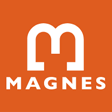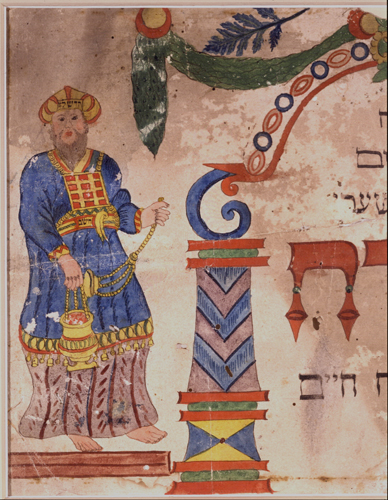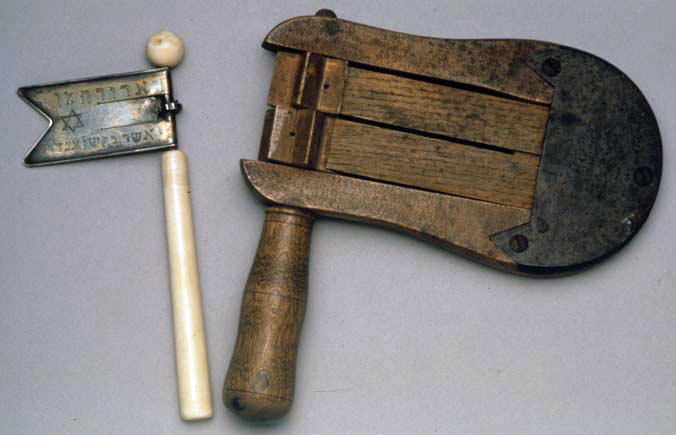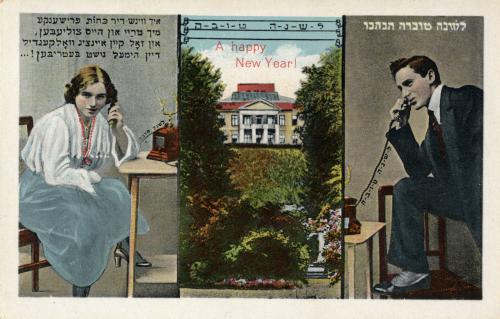Museum
Jewish Life
The Magnes Collection is a unique source of primary evidence about Jewish life in the Global Diaspora. Objects included here serve as testaments to the intersection of the material and spiritual dimensions of the Jewish experience. They come from the realms of personal and family rituals, synagogue and communal life, and social interaction among Jews and between Jews and host communities throughout Central and South-East Asia, the Middle East, North Africa, Europe, and the Americas. Many of the communities whose history is represented in the collection vanished in the Holocaust or were abandoned after the establishment of the State of Israel in 1948.
The collection of Jewish Life objects is considered to be the third largest of this kind in the United States. It includes textiles, costumes, jewelry and other metalwork, architectural fragments, synagogue furnishings, ritual objects and clothing, as well as marriage certificates, photographs, illustrations, memorabilia, ephemera, amulets, manuscripts and ritual books. This wide range allows scholars and visitors to explore the daily life, ceremonies, traditions, and cultures of the Jews, linking textual, visual, musical and material expressions, aesthetic sensibilities, social, cultural and political agendas that reach beyond the boundaries of Jewish life itself and address core aspects of other cultures and religious spheres, including Christianity and Islam.
Over the last decades the collection helped to shape the evolving notions of what constitutes “Jewish life” in both academic and public contexts. It has also been widely exhibited, with loans to such major exhibitions as Judische Lebenswelten – Patterns of Jewish Life (Berlin Jewish Museum, 1991), and The Sephardic Journey (Yeshiva University Museum, New York, 1992), and the inaugural exhibitions of The Contemporary Jewish Museum (San Francisco) and the National Museum of American Jewish History. Groundbreaking publications by founding curator Ruth Eis include catalogues of Hanukkah lamps, Torah binders, and Tallit and Tefillin bags in the collection.
In 1995 the former Judah L. Magnes Museum established the first endowed curatorship of Judaica in the United States, funded in part by the National Endowment for the Humanities. The curators holding this position have worked on developing the collection and creating groundbreaking exhibitions. The move of the collection to the University of California has allowed curatorship to focus on presenting an integrated approach that links research in the various aspects of the collection with the performative practices of Jewish life in the global Diaspora, broadening the appeal of The Magnes Collection as a resource for academic and curatorial investigations in the context of Jewish and other area studies.




